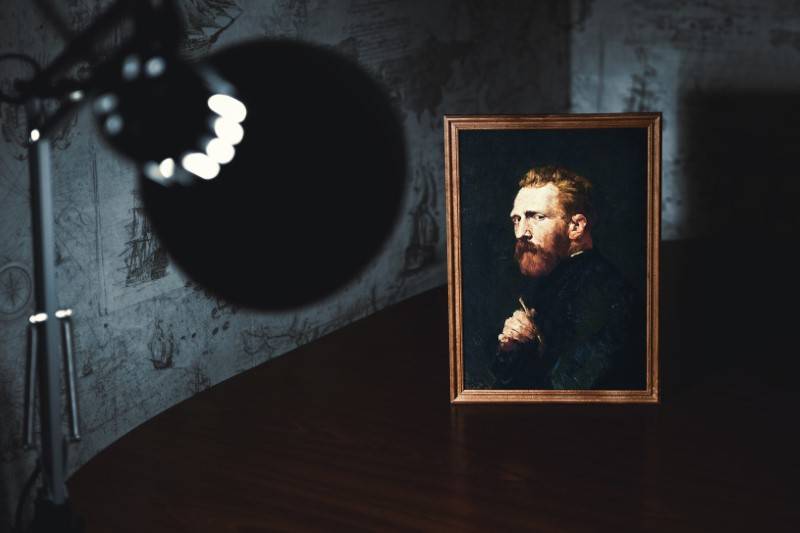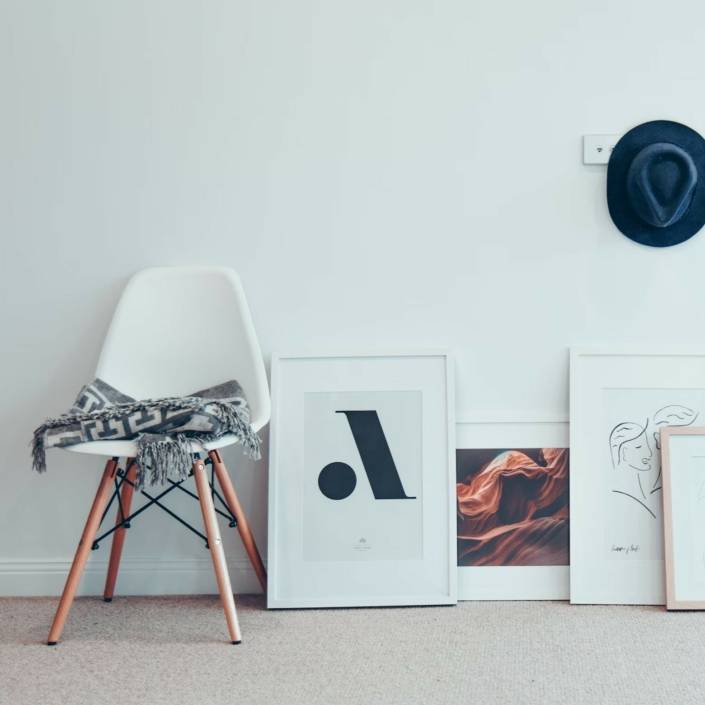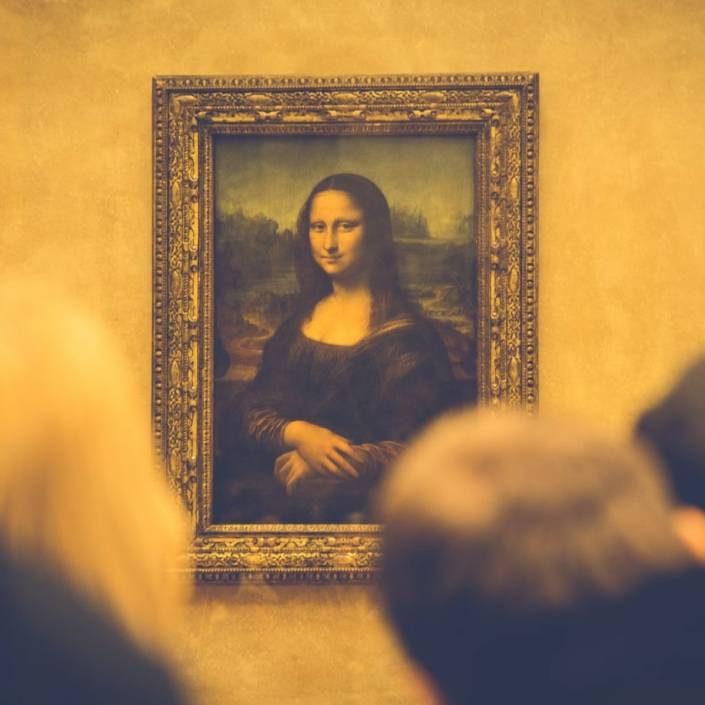Art World Problems: Changing of the Guard
In the future, the work of older white, male artists will most likely be less popular in art auction rooms than it once was. But taste is cyclical, and whatever the market is up to, the artworks themselves remain the same as when you bought them.
Words: Joanna Mendelssohn
In the 21st century Australian Indigenous art is so prized by the international art markets that it is now often seen to define all Australian art. Perhaps it is the zeitgeist, a changing of sensibilities that has led Western taste to value the wisdom and insights of ancient cultures. Certainly, something has changed from 50 years ago when Australian public galleries, commercial dealers and most collectors regarded Indigenous work as anthropology.
It is worth remembering that in 1974 the ambitious plan by the Aboriginal and Torres Islander Board of the Australia Council to exhibit and sell Indigenous art had to go overseas, because there was so little local interest. These international exhibitions triggered so much interest that by 1976 Art International devoted a 20-page feature article on the art that was still rejected by state galleries as not being worthy of consideration.
Dealers such as Margaret Carnegie and Gabrielle Pizzi who were among the first to recognise the importance of Indigenous culture benefited from their insight, selling major Indigenous works to mainly North American clients long before there was any significant Australian market.
Both Emily Kame Kngwarreye and Mirdidingkingathi Juwarnda Sally Gabori were admired by curators long before they were noticed by the market. Now, years after their death, their works are widely collected by both public and private collections. Price is a crude but roughly accurate assessment of value. At a recent Deutscher and Hackett auction, Kngwarreye’s painting sold for $288,409 while Gabori’s went for $205,000.
Historically one reason for the time lag between international and Australian market trends is explained by Geoffrey Blainey’s catchphrase, “the tyranny of distance”. But that distance is diminishing. In the 19th and early 20th centuries when all information came by sea and photographs were black and white, it would be fair to say that Australia’s zeitgeist and that of the northern hemisphere lacked synchronization. Both private collectors and public art museums in Australia bought what they thought was the best modern art, paying top prices for works from the British Royal Academy and the Paris Salon.
By the mid-20th century a deeply embarrassed Art Gallery of New South Wales (AGNSW) sold some of their then valueless Victorian paintings to clear space in the overcrowded storage. By the 1970s air travel and colour photography meant there was less of a time lag between Australia and the rest of the world, so the AGNSW was able to showcase its truly remarkable collection of newly fashionable Victorian art. Collectors, such as the late John Schaeffer, were early to appreciate the change in taste. In the 21st century the immediacy of the internet has dissolved barriers of time and space, which means there is no one geographic cultural centre radiating out authority.
Possibly the greatest change in the standing and price of art has been that of women artists. The National Gallery of Australia’s Know My Name project is bringing many previously unknown women artists to the fore, but there are many more to be discovered. Before the market finds the missing older women, they will most likely be mentioned in specialist magazine articles or academic conferences. Those indefatigable collectors, the late Elinor and Fred Wrobel took great pleasure in discovering work by little known women artists and watching as the market slowly realised their worth. One of the paintings at the recent Bonhams sale from the Wrobel estate was Grace Cossington Smith’s Thanksgiving Service, which sold for $172,200. Those collectors who bought her work after Daniel Thomas wrote the first Art+Australia article on her in 1967 have done very well indeed.
As Gerald Reitlinger demonstrated in his classic book, The Economics of Taste, not all changes in the art market are easily predicted, although if an artist’s work is seen as rare (sometimes because the artist is dead) then the price will rise. What he does show is that taste is to a certain degree cyclical, in the same way that fashion is cyclical. How then should collectors treat art which is no longer popular? If the work gives joy, then continue to enjoy it. The market may have changed, but the art is still the same. The wheel will turn again. In recent years some collectors, always on the hunt for something new, are finding Outsider Art increasingly attractive. But that is hardly a new trend as art by those in psychiatric institutions was first collected by the Surrealists in the 1920s.
In the 1960s a number of young Australian artists, influenced by the work of the American colour field painters, began to paint abstract works in clear colours and hard shapes. Their work captured the zeitgeist so effectively that it became the subject of The Field, the exhibition that opened the National Gallery of Victoria in 1968. Two decades later many of the artists, while still making art, had either dramatically changed their style, like Peter Booth, or were only enjoying modest success. However, by the early years of the 21st century, scholars and curators began to look again at colour field art. In 2005 Sydney Ball held his first exhibition with Sullivan+Strumpf, Sydney, which successfully demonstrated both the quality and innovative nature of his painting. Ball died in 2017 and his work continues to be sought by collectors.
The only certainty about future taste is that it will change, then change again, and the market with it.
Photo courtesy: Руслан Гамзалиев, Unsplash.
This article was originally published in Art Collector issue 108, April to June 2024.









